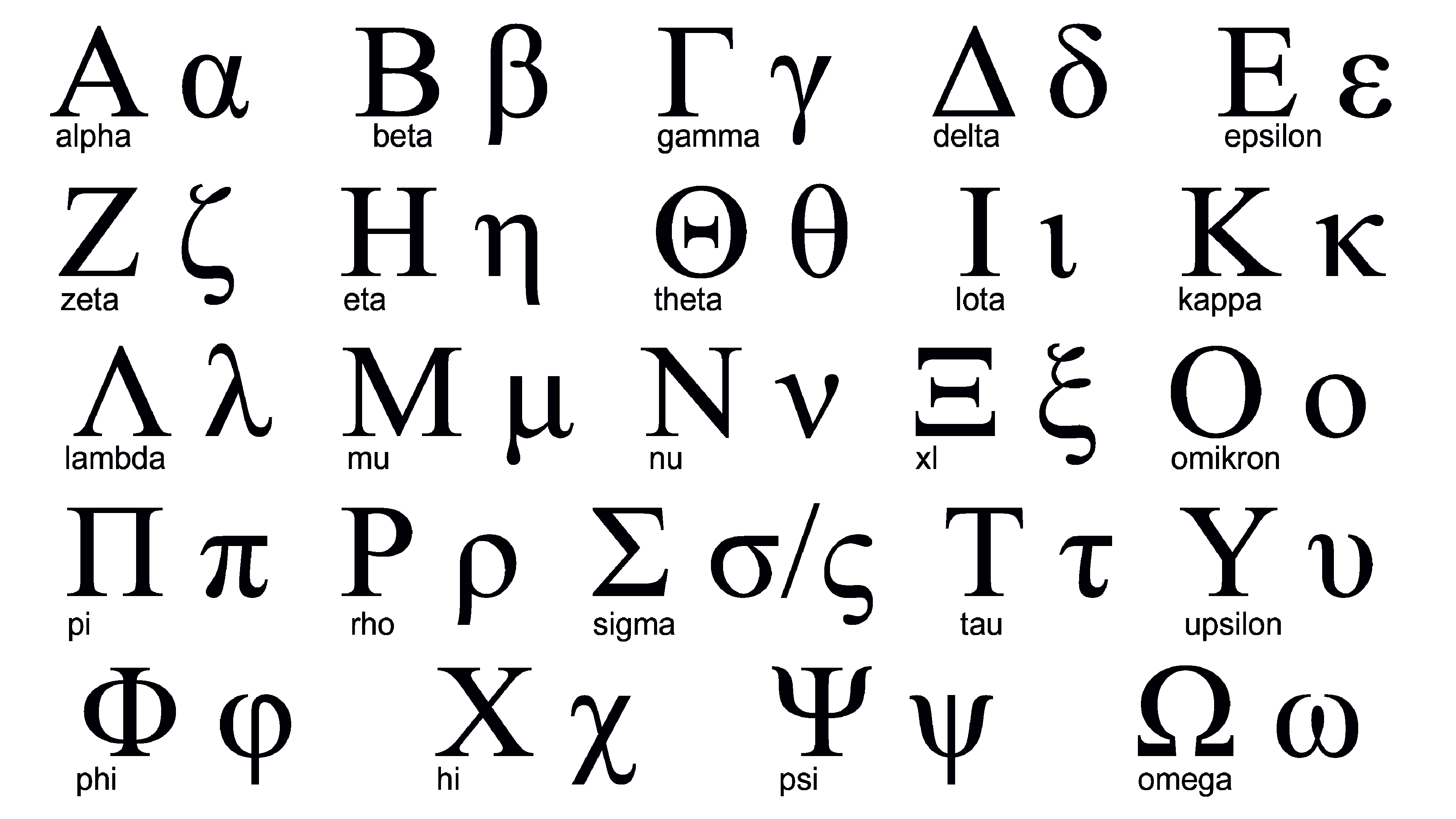Trademark Symbols and How to Type Them
st
In the bustling world of business, symbols like “TM”, “SM” and “R” carry a weight beyond their size, standing as vigilant protectors of trade and services. These notations are not just marks; they are fierce defenders of identity, emblems of ownership, and silent warriors shielding a brand’s legal rights. We, as consumers, see these symbols daily – stamped on our preferred products or splashed across service advertisements. Their impact, however, is profound, reaching into legal safeguards, marketing, and consumer perceptions.
“TM” heralds a brand’s claim on a unique sign linking goods to their creator. “SM” mirrors this in the service sector, binding services to their provider. They declare ownership without needing official registration. Yet, it’s the “R” that crowns a brand’s legal odyssey. It’s the Registered Trademark, legally endorsing a brand’s sole claim to its mark.
Far from being mere letters, these symbols are charged with legal significance, shaping marketing approaches and influencing buyer choices. They’re the cornerstones of a brand’s identity, pivotal in fostering business growth and securing intellectual property. To understand these symbols is to master the intricacies of trademark law and the subtleties of market competition. They are the voice of a brand, affirming its existence, its commitment to quality, and its genuineness.
Service Mark
“SM” on products signals “Service Mark,” a mark businesses use to legally claim a service’s identity. Unlike a trademark, which tags the origin of products, an “SM” distinguishes service sources. Logos, names, phrases, or symbols can all function as service marks.
Seeing “SM” means a company marks its service, not the product. Take a delivery company; it might mark “SM” to highlight its unique delivery services. This tag acts as a brand’s public signature, essential in marketing. It tells customers that a particular source, accountable for quality and reputation, offers the marked services.
The “SM” symbol doesn’t necessarily indicate registration. Businesses use “SM” to assert their mark’s rights without needing formal registration. Yet, a registered service mark wields greater legal force during disputes.
In terms of legal protection, the “SM” helps service providers in case of litigation over unfair competition or service identity theft. It acts as a defensive shield and an offensive sword in the legal realm, guarding against infringement and enabling the owner to take legal action if necessary.
The presence of “SM” on services is an important part of intellectual property law. It not only safeguards the service provider’s rights but also assures customers about the consistent quality of service they expect from a particular brand.
TM
The “TM” symbol, a common sight on various products, signifies “Trademark,” playing a crucial role in the branding landscape. This mark, whether it manifests as a word, phrase, symbol, or design, serves to differentiate one seller’s goods from another’s. By declaring a company’s stake in a specific mark through “TM,” it signals the use of that mark in trade.
Trademarks serve a dual purpose, safeguarding both consumer and producer interests. They enable customers to easily identify and trust the products they choose. The presence of “TM” on any item indicates the company’s assertion of their mark as a unique identifier in the market, fostering brand loyalty and recognition among consumers.
Employing “TM” doesn’t imply that the mark has been officially registered, yet it underscores a company’s claim over it. This can ward off potential misuse by others, who may think twice before adopting a similar mark for their goods.
In the realm of law, “TM” can underpin a lawsuit for trademark infringement based on common law, even absent official registration. Though not mandatory for asserting trademark rights, registration, denoted by the “®” symbol, amplifies legal defenses, signaling the trademark owner’s registered claim to the public and assuming ownership nationwide.
Companies strategically place “TM” on packaging, labels, or ads, communicating their proprietary view of the mark. This strategy not only cultivates a recognizable brand but also sets a legal foundation for potential trademark registration in the future. The “TM” symbol thus becomes a pivotal component of a product’s identity, instrumental in protecting a brand’s distinctiveness in the international market.
Registered Trademark
The “R” symbol declares a mark as a “Registered Trademark”, a privilege the USPTO or similar authorities grant. It signals that the trademark has cleared legal hurdles and earned registration.
To observers, the registered trademark symbol confirms the law’s exclusive recognition of the mark as owned by the trademark holder. This grants the owner sole rights to use the mark for specific products or services, offering legal advantages in intellectual property conflicts, such as against counterfeiting or unauthorized competitive use.
Serving as a strong deterrent, the “R” symbol highlights the mark’s legal protection, cautioning against its unauthorized use, which could lead to legal action. It also reassures consumers about the authenticity of their purchases and boosts confidence in the brand’s credibility and legal acknowledgment.
For businesses, obtaining a trademark registration and displaying the “R” symbol is a vital intellectual property strategy. This action can significantly increase a brand’s value and be a key asset in business strategies like mergers, acquisitions, or licensing agreements. However, it is crucial for companies to apply the “R” symbol correctly, reserving it for marks that are officially registered to avoid legal issues and potential penalties.
Where and how to use symbols correctly?
Choosing the correct symbol between “TM”, “SM” and “®” hinges on the status of your mark and the nature of your goods or services. The “TM” symbol is for goods and proclaims the mark’s use as a brand identifier, it can be used without a formal registration. The “SM” (Service Mark) symbol functions similarly but is specific to services rather than physical products. Use “SM” to indicate your service identity in the public domain, also without needing registration.
The “®” symbol, however, is reserved strictly for marks that have been officially registered with the appropriate governmental body. This mark communicates that your trademark has been validated and legally protected for the goods or services listed in the registration. It is a misstep to use “®” without securing a registration, as it can lead to legal consequences.
How to put the trademark sign in your text?
To insert the trademark (™) symbol in your text, you can use different methods depending on the device and software you’re using:
- On Windows: Press and hold the Alt key and type 0153 on the numeric keypad, then release the Alt key.
- On Mac: Press Option + 2.
- On iOS and Android Devices: Hold down the letter or punctuation mark closest to the symbol you want to insert, and a menu will appear that allows you to select the ™ symbol.
- In HTML: Use the entity &trade or the Unicode ™.
- In Microsoft Office applications: You can also insert it by going to the ‘Insert’ tab. Then ‘Symbol’, and choosing ™ from the list.














